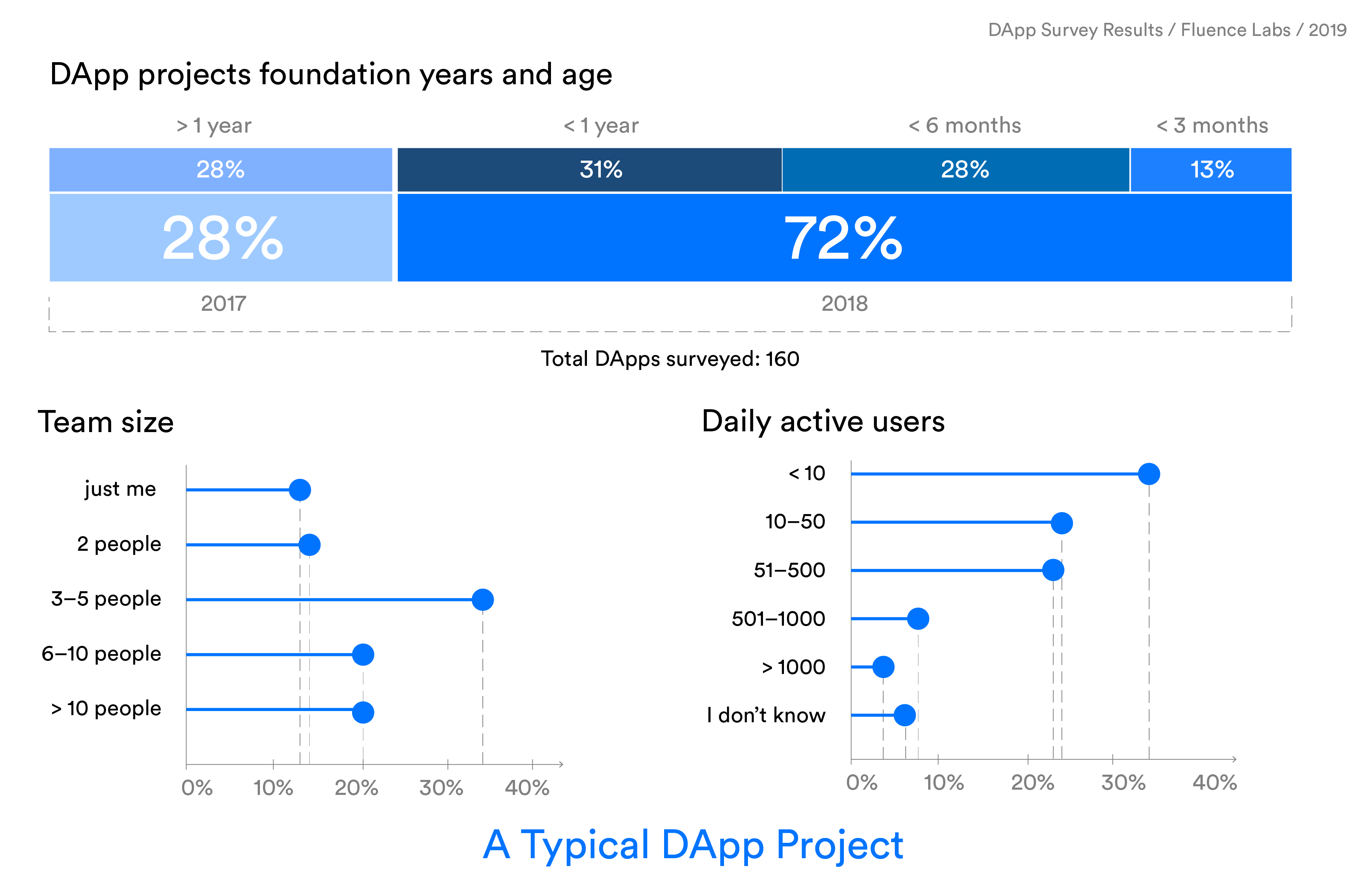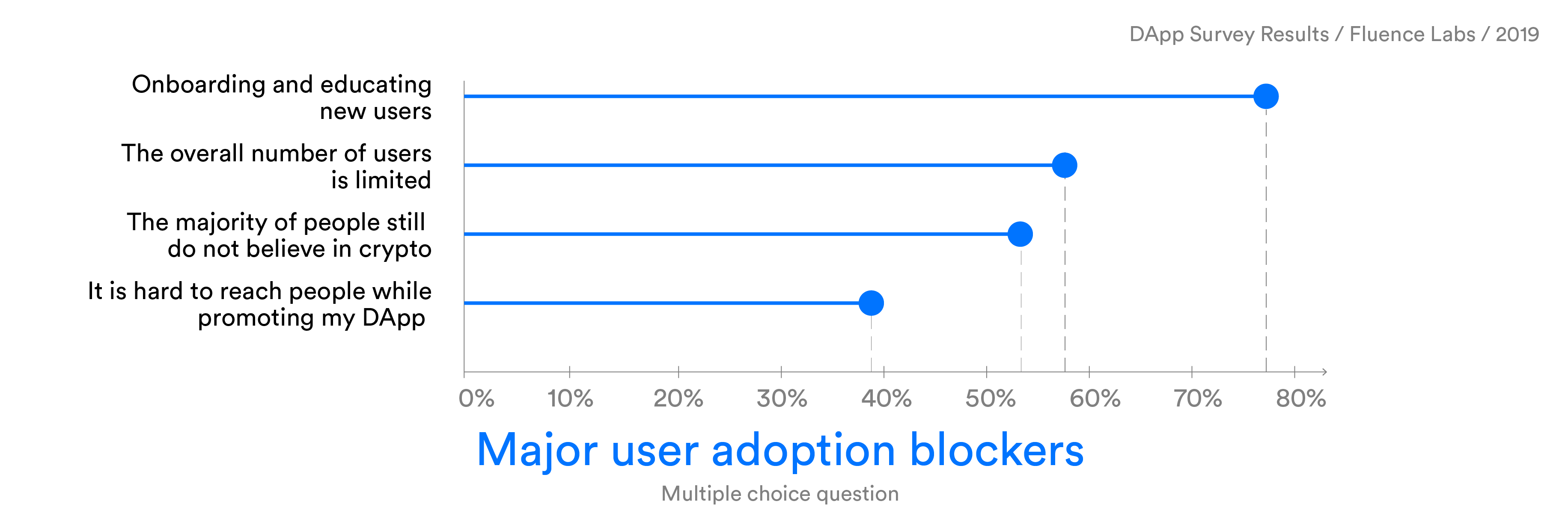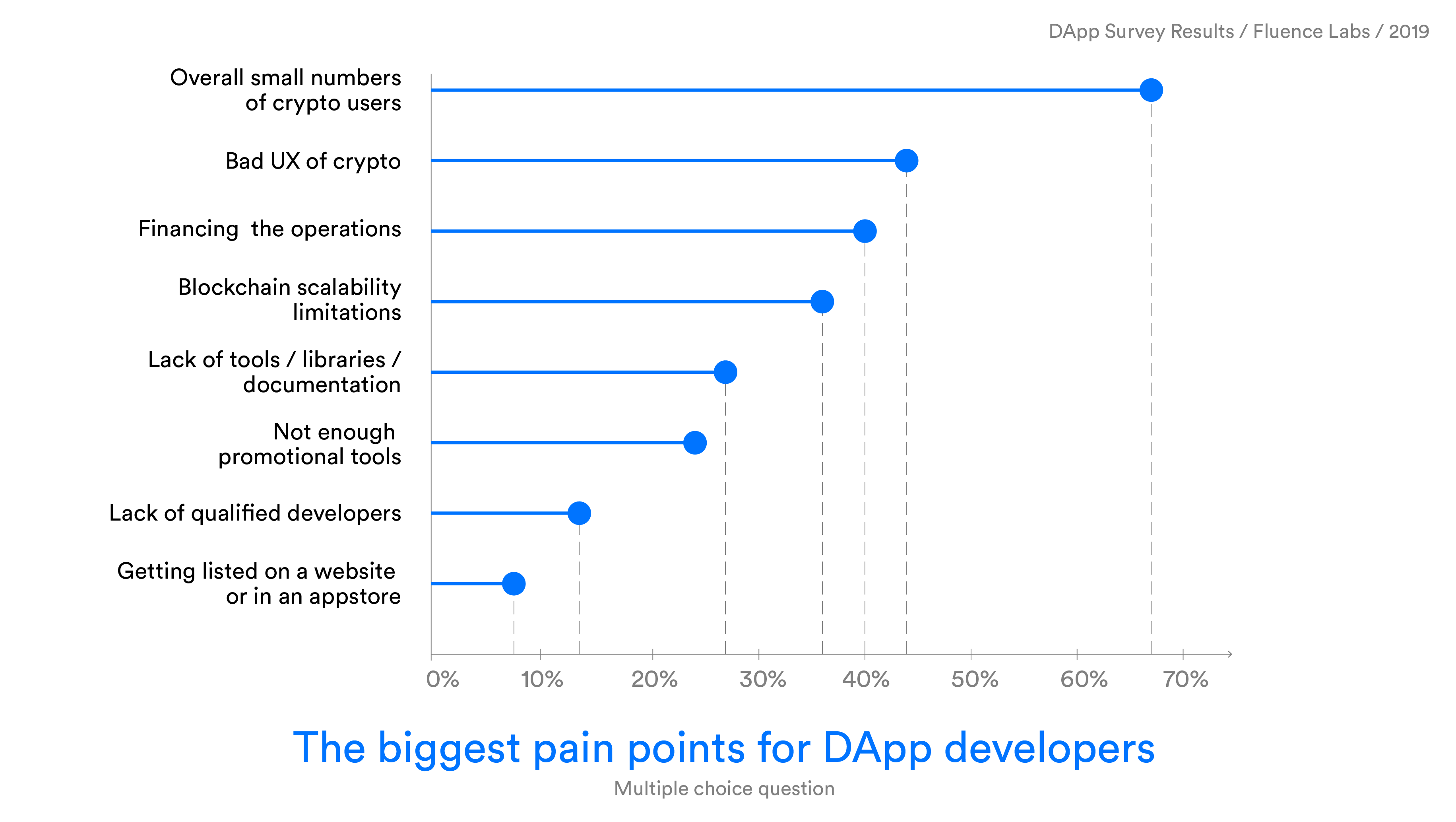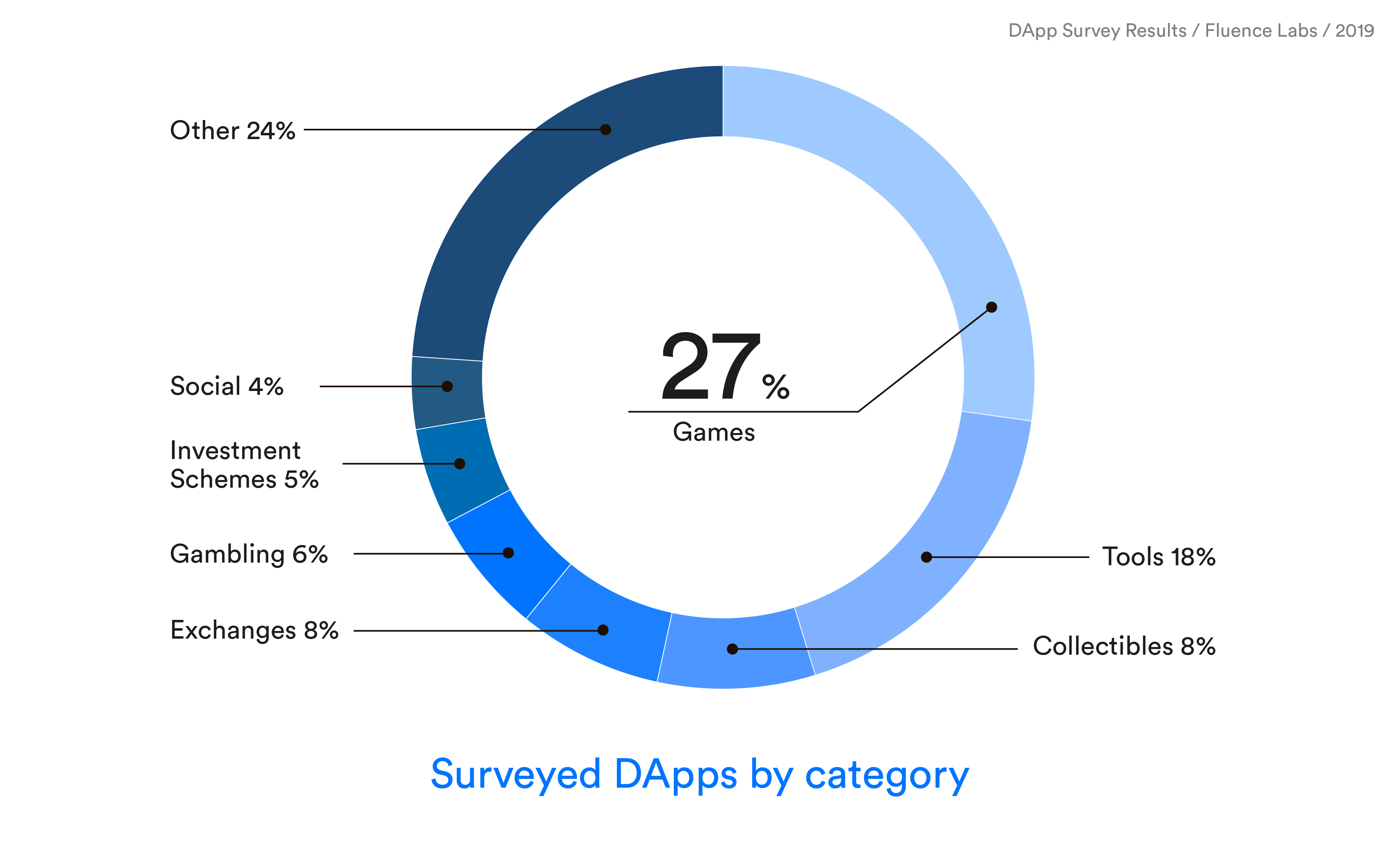Latest news about Bitcoin and all cryptocurrencies. Your daily crypto news habit.

Like any new technology, blockchain has had its fair share of growing pains. Around the world, this new market has suffered setbacks, many of its own making. From regulatory instability, to investors shorting the market, to dropping token values, all the way to poor technology performance, many of these pains are self-inflicted. What many fail to see — or hear — is that the biggest hurdle facing our industry is a communication issue. As the saying goes, “You can lead a horse to water, but you can’t force it to drink.”
Decentralized applications (DApps) have been regarded as one of the biggest potential uses of blockchain technology as they open a whole new world of consumer and business focused products that utilize smart contracts to create new functionality never seen before.
Towards the end of 2018, we set out to investigate and study the state of DApp development, in the hopes of deciphering the current state of this crucial market to the overall development of blockchain technology. We initially aggregate a list of 1,624 DApp development projects, but only managed to find contact information for 900 projects. Of this pool, 160 projects filled out the entirety of our 40 question survey. The initial goal was to separate the facts from speculations and rumors. How many active DApp projects are there, what are they up to, and what challenges do they have while building their DApps? These questions were at the core of our research.
What we found is that the DApp community is young and enthusiastic, but there are a number of immediate and longer term challenges that need to be addressed. We gathered quite a few insights through our research, but 3 main points that stick out are:
1. DApps Were Bootstraping in 2018
In 2017 the blockchain world was filled with hope and hype and it seemed that almost any idea that used blockchain could raise a lot of capital through ICO model with just a whitepaper and a dream. While many of the iconic platforms and projects in the blockchain world were created out of this hype, it’s notable to point out the lack of consumer focused DApp applications, like games or social networking applications that were created during this time.
As the hype began to subside through 2018, DApps were still being launched. Despite harsh market conditions almost three quarters (72%) of the projects that completed our survey were started in 2018 and 41% in the last six months.
In regards to funding, 2017’s DApps were mainly self-funded (38%) or funded by token sales (31%), while VC invested projects made only 24%. While in 2018, the number of self-funded DApps doubled to nearly 68% with 47% of teams having 3–5 people and only a small portion received funding through token sales (10%) or VC investment (16%).
What this tells us is that DApps are made up of smaller teams that can launch an idea quickly and with minimal funding, much like the early days of mobile application development, where a small team could bootstrap a great consumer application idea, build a user base, then raise funding.
2. DApps Need to Use ‘Centralized’ Solutions … For Now
While we would love to imagine that the decentralized revolution that blockchain has created will happen overnight, the reality is that the infrastructure for this technology is still being built. For a DApp project, we found that developers are using centralized solutions right now, while anticipate possibility of switching to decentralized ones in the future. Centralized components such as storage, database, or backend are being used by 65% projects. 43% have at least one decentralized component besides a smart contract. 68% indicate they might use decentralized storage or database in the future.
3. User Onboarding and Education are By Far the Biggest Hurdles
The number one reported problem by DApp developers was an overall low amount of users in the crypto / blockchain world. Nearly ten years after the start of the cryptocurrency world with the launch of Bitcoin, accessibility and usability still remain the largest obstacles to growth. Activities that might seem intuitive to the hardcore crypto fan, such as creating a wallet or saving your private key (password), are major hurdles to many people. The fact that there is no ‘recover password’ option is an issue for most consumers and the pervasiveness of crypto illiteracy remains stubbornly high.
This issue is so prevalent, that 78% of respondents mentioned as the major blocker to adoption of applications. Creating a wallet, getting crypto and understanding private keys, transactions, and gas are massive barriers for user growth.
“Getting them started with a wallet and explaining that they’ll have to “sign in” to that wallet using widely varying software, some of which has a high incidence of fraud and failure, and that they can’t ever lose (or change!) that password or else they’ll permanently lose access to everything. That’s a hard sell without some seriously good onboarding tools.” — Anonymous Respondent
Additionally, DApp developers reported low overall DAU (Daily active users) for their applications, which is not surprising given the issues with onboarding and educating new users about crypto.
Another key finding of ours was the surprisingly high prevalence of gaming-focused DApps. Of the returned surveys, 27% of DApp projects are focused on some form of gaming based on blockchain technologies. While these might not be the dream of the dreamers, it is very good news for the short term growth of the industry. Worldwide, gaming is a billion dollar industry and is a sector that could potentially see the highest growth rate given their current usership. Rather than hoping that non-traditional blockchain users wake up one day and have an ‘aha’ moment, it is more rational to believe that they would enter the blockchain space due to familiarity with an application. After all, there are millions and millions more video gamers and gamblers than there are lawyers and financiers.
The lessons to be learned from this report though spell more good than not for the DApp industry. While we primary focused on the technical challenges, the overall sentiment seemed to be that the only way to go is up and growth is coming after issues like UX are improved and many projects are getting closer to solving this issue. Crypto literacy is not a pipe dream, but rather a potential reality, if proper attention and resources are paid to usability of DApps for non-traditional users. In order for the DApp market to achieve a higher rate of adoption, these projects must focus on the customer journey, and focusing on the user experience. Afterall, looking at the computer industry (or even the smartphone industry) it wasn’t until UX was improved that massive growth from everyday users was truly seen.
To learn more view the complete DApp Survey Results 2019
DApp Developers Survey Results was originally published in Hacker Noon on Medium, where people are continuing the conversation by highlighting and responding to this story.
Disclaimer
The views and opinions expressed in this article are solely those of the authors and do not reflect the views of Bitcoin Insider. Every investment and trading move involves risk - this is especially true for cryptocurrencies given their volatility. We strongly advise our readers to conduct their own research when making a decision.




